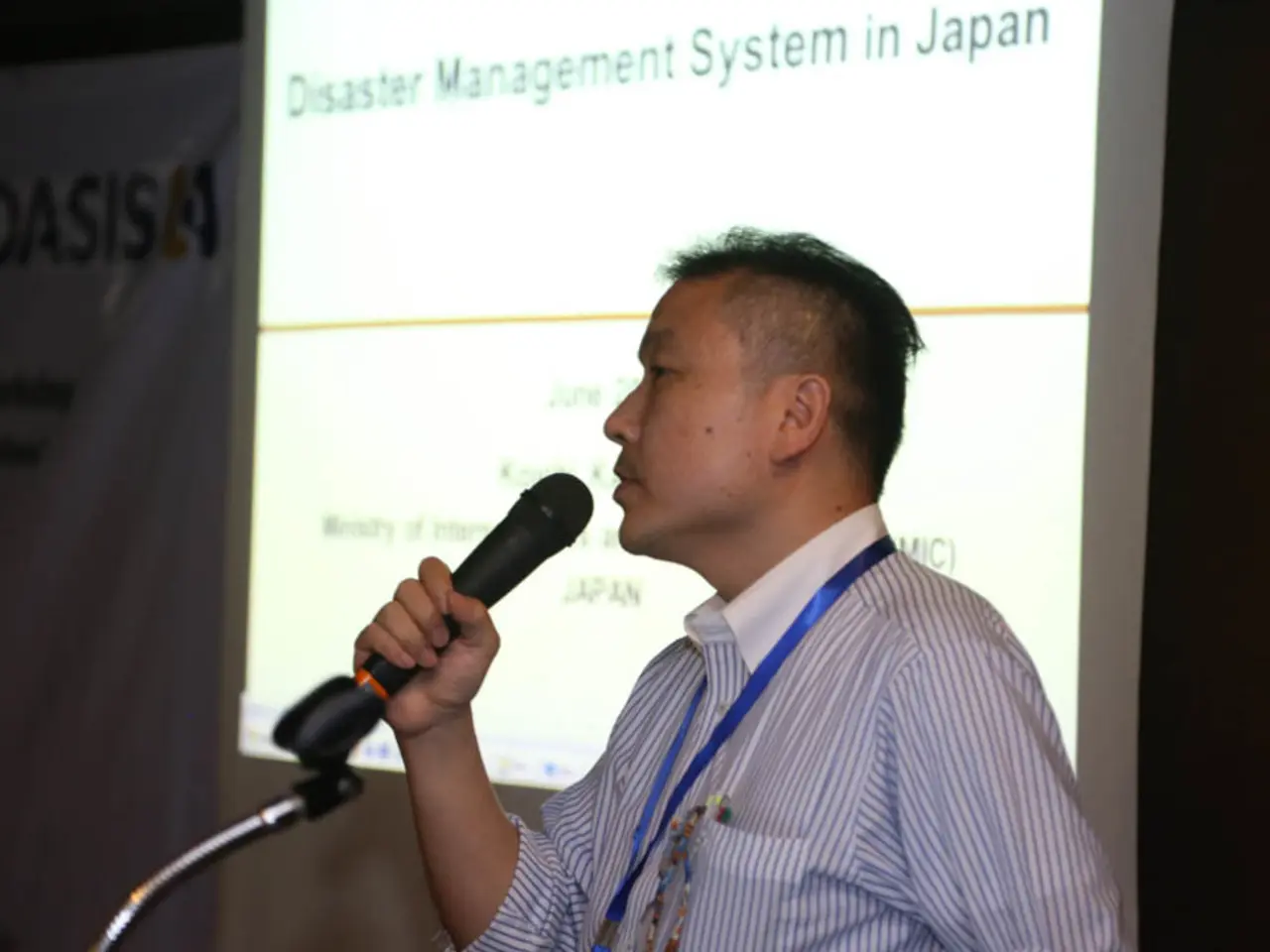Enhancing Critical Judgment Capabilities in Times of Emergency
In the face of emergencies and crises, regional organizations play a vital role in making informed decisions that ensure the safety, well-being, and recovery of communities. Here are some key practices that can foster critical thinking and effective decision-making during such challenging times.
Engage in Methodical Planning and Risk Assessment
Utilizing frameworks like FEMA’s Comprehensive Preparedness Guides (CPG), such as CPG 101 for developing emergency operations plans and CPG 201 for Threat and Hazard Identification and Risk Assessment (THIRA), helps organizations critically analyze threats, assess risks, and synthesize information to create coordinated and integrated response plans.
Scenario-Based Decision-Making and Resource Allocation
Preparing for hard choices in resource allocation, evacuation strategies, and community engagement through scenario planning and pre-disaster resource identification sharpens analytical skills in making balanced trade-offs under pressure. This process encourages systematic thinking and evaluation of various hazard scenarios and resources.
Multidisciplinary Collaboration and Information Sharing
Coordinated efforts among emergency operations centers, fusion centers, local emergency management agencies, law enforcement, public health, and community stakeholders facilitate the integration of diverse perspectives and data, enabling a more nuanced understanding of complex emergencies and strengthening critical evaluation of possible interventions.
Training and Capacity Building
Developing critical thinking requires ongoing training in leadership, strategic planning, and communication skills. Master’s programs in emergency management equip professionals with interdisciplinary knowledge for managing evacuations and crisis communication, which directly supports sound decision-making and problem-solving in emergencies.
Community Engagement for Inclusive Decision-Making
Effectively engaging diverse communities to ensure evacuation strategies and resource distribution consider varying needs and cultural contexts, improves legitimacy and compliance. This can be done by including community representatives in planning processes and ensuring communications are accessible and multilingual where needed.
Use of Real-Time Data and Adaptive Management
During crises, organizations must apply critical thinking by continuously analyzing real-time information to adjust decisions such as evacuation routes or prioritizing scarce resources dynamically, maintaining flexibility in the face of changing conditions.
Avoiding Poor Decisions
While making good decisions is crucial, it is equally important to avoid poor decisions that can hinder recovery efforts. Here are some examples of bad decisions to avoid:
- Ignoring environmental impacts and rebuilding in vulnerable areas, increasing the risk of future disasters.
- Making unilateral decisions without consulting the community, which can lead to mistrust and disengagement.
- Ignoring the emotional needs of individuals, leading to increased feelings of isolation and despair.
- Spending funds on non-essential items or personal interests, undermining community recovery efforts.
- Hoarding resources for oneself or a select group, leading to resentment and increased suffering among others.
- Neglecting safety protocols, leading to injuries among volunteers and hindering recovery efforts.
- Rebuilding structures without assessing their safety or the potential for future disasters, leading to further damage and loss.
- Spreading rumors or misinformation, which can create panic and confusion among community members.
- Ignoring evacuation orders or advice due to fear of the unknown, potentially putting oneself and others at greater risk.
- Failing to provide training opportunities, resulting in a lack of necessary skills for recovery and rebuilding.
- Focusing on minor injuries while neglecting those who are critically injured, resulting in preventable deaths.
Promoting Good Decisions
On the other hand, there are several good decisions that can promote recovery and rebuilding efforts:
- Implementing rebuilding efforts that protect local ecosystems, such as planting trees to prevent erosion.
- Treating those with life-threatening injuries first, using limited medical supplies effectively.
- Implementing safety measures for recovery workers, such as providing basic training and protective gear.
- Organizing training sessions for community members to learn essential skills, such as first aid and construction.
- Organizing community meetings to discuss recovery plans and gather input from all members, fostering a sense of ownership.
- Utilizing available local materials to rebuild homes in a way that enhances safety and resilience against future disasters.
- Prioritizing food and water distribution to families with children, the elderly, or those with medical needs first.
- Establishing clear communication channels to share important updates and resources with the community.
- Forming cooperative groups to share skills and resources, enhancing collective recovery efforts.
- Actively participating in community recovery while also addressing personal needs, fostering a sense of shared responsibility.
- Choosing to evacuate to a safer area based on reliable information about the dangers of staying.
- Creating informal support groups for sharing experiences and coping strategies among community members.
- Balancing immediate survival needs with planning for sustainable recovery, such as establishing community gardens for food security.
- Using any available funds to address the most urgent community needs, such as food and shelter.
In conclusion, regional organizations can foster critical thinking through structured planning, risk assessment, collaboration, training, community inclusion, and adaptive decision-making frameworks, enabling them to tackle hard choices like resource allocation, evacuation plans, and community engagement efficiently under emergency conditions.
- To ensure effective decision-making during crises, regional organizations can apply critical thinking by engaging in methodical planning and risk assessment, employing frameworks like FEMA’s CPGs for developing emergency operations plans and risk assessment.
- Enhancing decision-making skills for emergency situations can be achieved through scenario-based decision-making and resource allocation, analyzing various hazard scenarios and resources for hard choices like resource allocation and evacuation strategies.
- Further, fostering critical thinking is promoted through multidisciplinary collaboration and information sharing among various sectors like emergency management, law enforcement, public health, and community stakeholders, facilitating a more nuanced understanding of complex emergencies.




